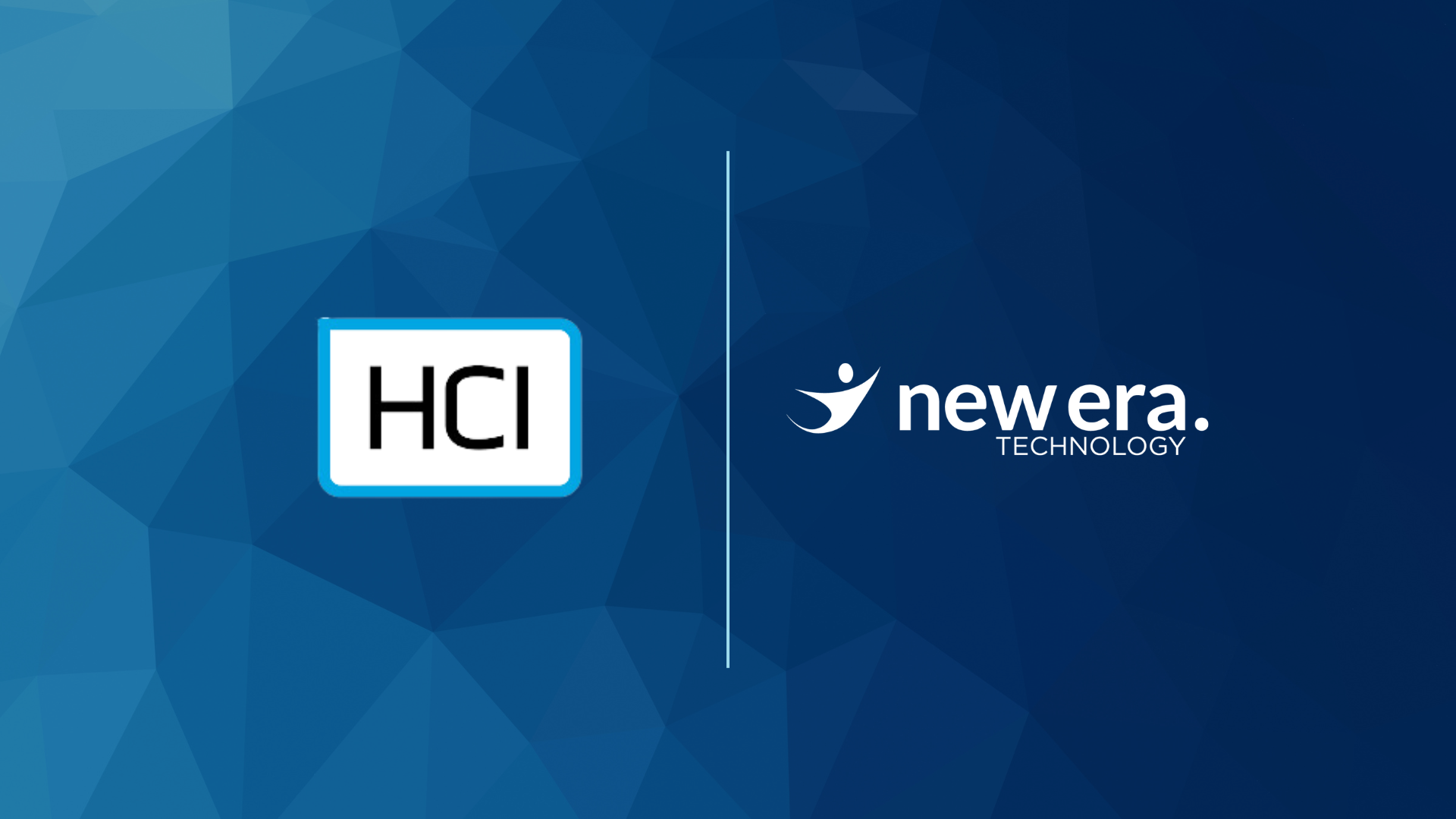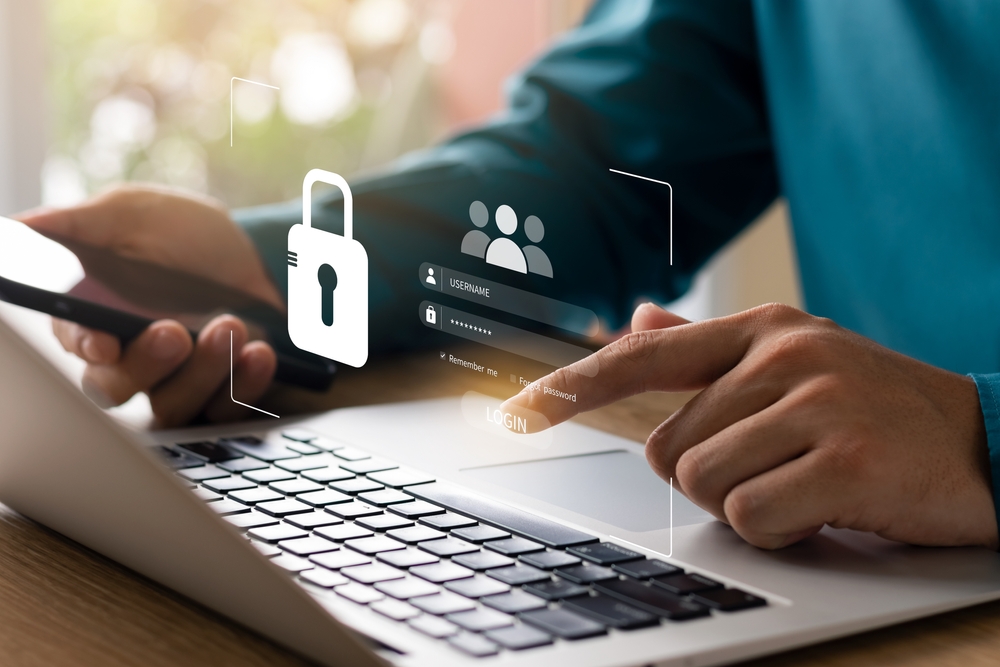Cybercriminals are targeting small businesses more and more. According to the Ponemon Institute, 73% of small business owners in the US reported a cyberattack last year. Small companies frequently lack the staff and resources necessary to protect against sophisticated cyberattacks, unlike major corporations with substantial resources devoted to defending them. Because of this vulnerability, SMBs are desirable targets for cybercriminals who want to take advantage of lax security measures. Small businesses must comprehend the nature and risk of cyberattacks and implement mitigation methods to protect their operations, consumer data, and business integrity.
Typical Cyberthreats to Small Businesses
Cyber threats come in many forms for small enterprises, including but not limited to:
- Phishing Attacks: Attempts by cyber criminals to steal confidential information through electronic communications by posing as a reliable source.
- Malware: Computer system disruption, damage, or unauthorized access is the goal of malicious software like viruses, worms, and ransomware.
- Denial of Service (DoS) Attacks: An attempt to stop a machine or network resource from being used by its intended users by momentarily or permanently interfering with a host’s ability to provide services over the Internet.
- Data Breaches: Unauthorized retrieval and access to private, sensitive, or protected information.
Cybersecurity Best Practices
Small businesses should implement a multi-layered cybersecurity strategy that incorporates the following best practices to guard against these threats:
- Security Awareness Training for All Employees
The first line of defense against cyberattacks is your employees. Frequent training sessions can assist them in identifying phishing attacks and campaigns, realizing the value of strong passwords, and securely using company resources. Additionally, it is recommended that your security awareness training content be tailored to roles, be engaging and utilize interactive formats, contain regular updates and refreshers, consist of testing and phishing simulations, use a continuous feedback mechanism, and be integrated into the corporate culture.
- Implement Robust Access Controls
For every business account, create a strong, unique password. Whenever feasible, use two-factor authentication (2FA). Restrict sensitive information access to only those personnel who require it to carry out their duties. Further recommendations include role-based access control (RBAC), frequent access reviews, using a Password Manager, utilizing secure authentication protocols, and requiring a VPN for remote access.
- Regular Patching and Updating of Systems
Cybercriminals use operating systems and software flaws as entry points for their attacks. Protecting against these exploits requires updating all systems with the most recent security patches as quickly as possible. Other recommendations include prioritizing vulnerability patching, maintaining an asset inventory, testing patches before deployment, establishing a patching schedule, educating users on the importance of updates, monitoring compliance, and following up, leveraging vendor support and resources, and documenting and communicating patch management policies.
- Protect Your Network
Employ next-generation firewalls (NGFWs) to prevent unauthorized users from accessing your network and encrypt data sent over it. Additional strategies include using strong encryption for data transmission and network segmentation, intrusion detection and prevention systems (IDPS), regular network audits and monitoring, and securing remote access (using a VPN).
- Frequently Backup Your Data
Frequent backups of essential data can lessen the harm caused by data loss or ransomware attacks. Ensure backups are routinely checked for integrity and kept in a safe, off-site place. Also, consider implementing the 3-2-1 Backup Rule, automating backup processes, encrypting backup data, verifying backup integrity, securing and monitoring backup access, and choosing the right backup solutions.
- Create, Evaluate, Update, and Test Your Incident Response Plan
A cybersecurity event’s effect and recovery time can significantly decrease with an up-to-date and tested incident response plan. Strategically and regularly testing the plan to ensure that all staff members are aware of their roles and duties in the case of an attack is crucial. Additionally, provide training and awareness around the plan, communicate where it is saved and who can update it.
Final Thoughts
Cybersecurity is a continuous effort rather than a one-time solution. Small businesses must constantly review and upgrade their security procedures to guard against new threats as cybercriminals become more skilled and cyberattacks are more complex. According to CSID, 60% of small businesses that are cyberattack victims go out of business within six months—don’t let this be you! Small companies can dramatically strengthen their cybersecurity posture, safeguard their assets, and maintain customers’ trust using the recommended practices mentioned above. Remember that investing in cybersecurity protects your company, reputation, and client’s privacy and is invaluable to your future.
New Era Technology & SecureBlu Can Help!
New Era’s SecureBlu portfolio of Security Services includes a Managed Detection and Response (MDR) service that maintains optimal security posture by continuously minimizing the attack surface and improving visibility via enhanced monitoring and response. If you want to learn more about how your organization can prevent, detect, and maintain threats through SecureBlu, please visit our MDR page for datasheets or contact us today.

 Canada
Canada Australia
Australia New Zealand
New Zealand UAE
UAE United Kingdom
United Kingdom




